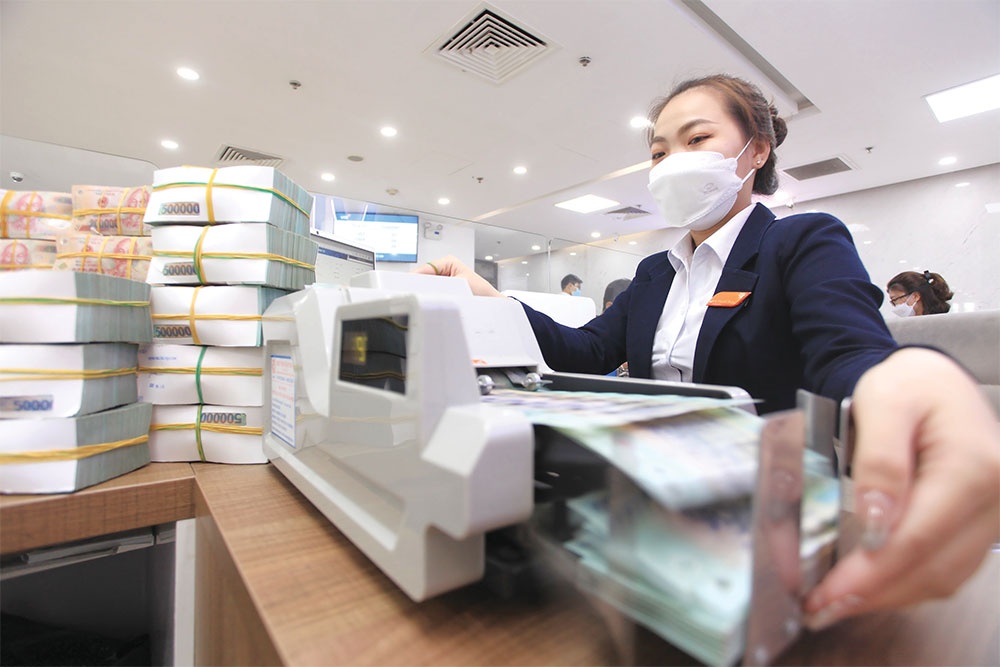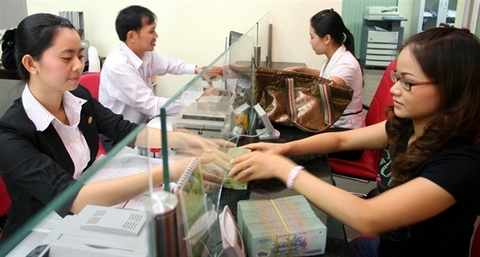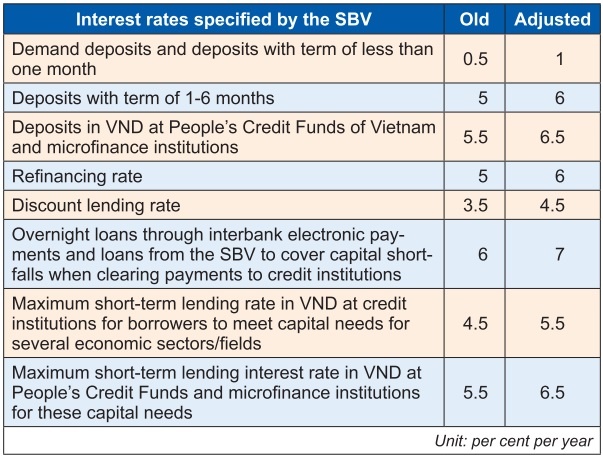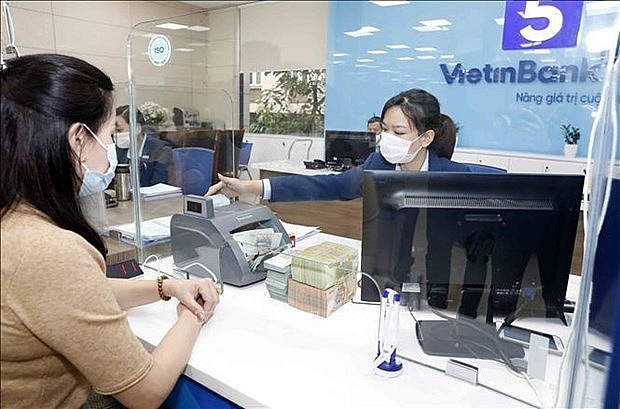Vietnam’s public debt control goals for year within reach
Vietnam’s public debt control goals for year within reach
Despite big spending, Vietnam will ensure its financial landscape is healthy with close control of public debt next year.

The National Assembly (NA) is scheduled to adopt a resolution on allocating the central budget for 2023 on November 11, paving the way for the government to formulate revenue and spending plans for next year which is expected to see the economy grow 6.5 per cent – lower than the expected rate of about 8 per cent for this year.
Based on the country’s demand for budgets, the government has proposed to the NA that the state budget overspending estimates for next year will be VND455.5 trillion ($19.8 billion), equivalent to 4.42 per cent of GDP – up by about VND82.6 trillion ($3.59 billion) as compared to the estimates for this year.
This includes the overspending for the central budget which will be about VND430 trillion (nearly $18.7 billion) or 4.18 per cent of GDP – including 1.53 per cent for the Programme on Socioeconomic Recovery and Development (PSRD); and the overspending for localities’ coffers which will be as much as VND25 trillion ($1 billion) or 0.24 per cent of GDP. These figures are said by the government to be “very positive” for 2023.
It has also been suggested that the government’s direct debt repayment obligation for next year will be about 19-20 per cent of total state budget revenues – lower than the NA’s permissible limit of 25 per cent.
It is expected that by late 2023, the economy’s public debt will stand at about 44-45 per cent of GDP, the government’s debt around 41-42 per cent of GDP, and foreign debt 41-42 per cent of GDP. These levels are also lower than the NA’s permissible limits (see box).
The government last week reported to the NA that under the Ministry of Finance’s (MoF) fresh statistics, Vietnam’s public debt at the end of this year will likely be about 43-44 per cent of GDP; the government’s debt could hit 40-41 per cent of GDP; and the nation’s foreign debt is expected to be 40-41 per cent of GDP. The government’s direct debt repayment obligation will likely sit at 18-19 per cent of total state budget revenue.
“These forecasts will be lower than the ceiling and the warning threshold fixed by the NA,” said MoF Minister Ho Duc Phoc.
Deputy Prime Minister Le Minh Khai on April 12 released Decision No.448/QD-TTg approving Vietnam’s programme on public debt management for 2022-2024 as well as a strategy on public debt borrowing and payments for the remainder of this year.
In 2022 alone, the government will likely have to use $14.6 billion for debt payments. As for public debt borrowing and payment for this year, the government is expected to borrow a maximum sum of $29.28 billion, including $28.12 billion for the central coffers and $1.16 billion for refinancing.
The MoF reported that the 9-month state budget revenue is estimated to reach $57.7 billion, tantamount to 94 per cent of initial estimates. It is expected that the figure for the whole year will be $70.18 billion – exceeding by $8.8 billion or 14.3 per cent as compared to the target set in November last year by the NA, also up 2.9 per cent against the figure realised last year. Meanwhile, the 9-month budget spending is estimated to be about $47.23 billion – up 5.4 per cent on-year, raising the total figure for the entire year to an expected $85.48 billion.
It is estimated that the total budget deficit for the whole year will be about $15.3 billion or 3.75 per cent of GDP.
The government has also proposed some key targets for the state budget for the 2023-2025 period.
Specifically, total revenues will likely be as much as VND5.1 quadrillion (around $221.7 billion), 84 per cent of which will come from domestic revenues by 2025. Meanwhile, the total expenditure is estimated to be about VND6.4 quadrillion ($278.26 billion).
According to the Executive Board of the International Monetary Fund, which in July worked with Vietnamese authorised agencies on the country’s economic situation and macroeconomic monitoring, 2022’s fiscal policy stance remains supportive to boost the economic recovery through the implementation of the PSRD, which is supported by a $15 billion fiscal and monetary policy.
“On the revenue side, priorities focus on implementing policy measures such as exemption, reduction, payment extension of taxes, fees, and land rent. On the expenditure side, the authorities prioritise spending for pandemic prevention and control, social security and safety net, and infrastructure investment,” the board said. “The authorities intend to increase the budget deficit to 4.7 per cent of GDP to implement the PSRD for 2022-2023 while maintaining public debt at about 45-46 per cent of GDP, and external debt at about 40-41 per cent of GDP.”
According to The Economist’s Global Debt Clock, by late last week, Vietnam’s public debt in GDP stood at 45.6 per cent and per capita public debt was $1,039, while total public debt was almost $94.85 billion.
The MoF last week reported that Vietnam’s public debt for the 2017-2021 period reduced strongly from 61.4 per cent of GDP in 2017 to 58.3 per cent in 2018, 55 per cent in 2019, 55.9 per cent in 2020 due to big spending for fighting COVID-19, and 43.1 per cent of GDP in 2021 [or $168.65 billion of about $391.3 billion as revised GDP], and the rate is expected to continue decreasing in 2023.
In addition, the government debt also dropped from 51.7 per cent of GDP in 2017 to 39.1 per cent last year, while government-guarantee debt fell from 9.1 to 3.8 per cent, and localities’ debt have also been on a downward trend, from 1.1 to 0.6 per cent. Besides that, the nation’s external debt also shrank to 38.4 per cent last year from 49 per cent.
As of late last year, the Vietnamese economy’s external debt to total export-import turnover in 2021 was 6.2 per cent, and the government’s debt to the state budget revenue sat at 21.8 per cent.

























